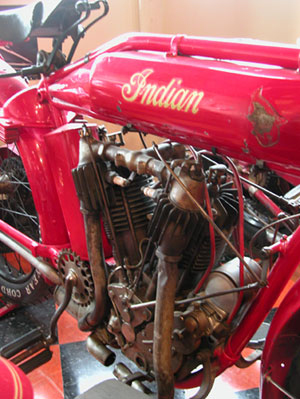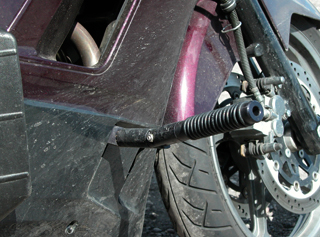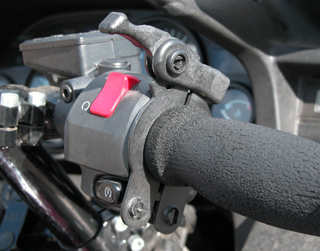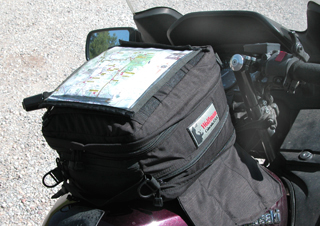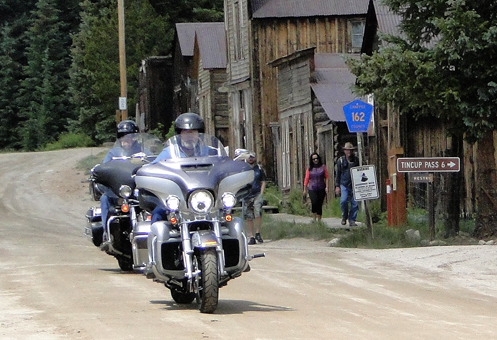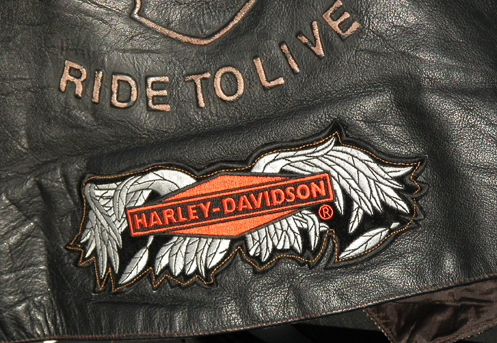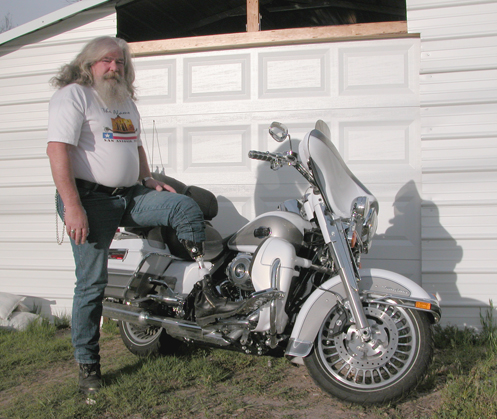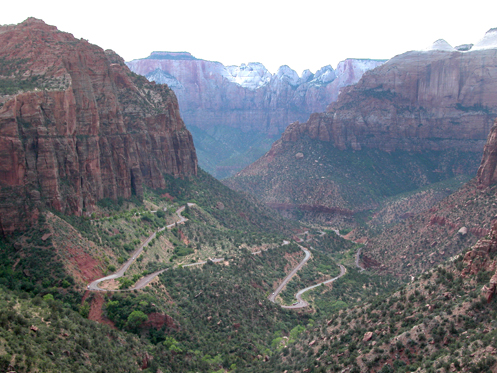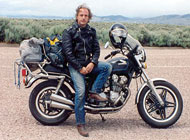Examiner Resurrection: Motorcycle Rides Retracing Vanished Highways
Thursday, March 16th, 2017Riding your motorcycle on old Route 66 from coast to coast. Retracing the route of the old Victory Highway. Nostalgia has never been more in vogue than it is right now for bikers exploring this country’s vanishing old highways.
The problem with many of these higher profile rides, such as Route 66, is that to do them end to end you need a lot more time than most people have. But hey, everyone’s doing Route 66 these days, in whole or in part. Why follow the crowds?The fact of the matter is, before everything got all depersonalized with route numbers, highways had names. And there were a lot of highways, some that you may be familiar with and many that you’ve probably never heard of.
For instance, growing up in Lincoln, NE, I was well acquainted with Cornhusker Highway. Not because it was a clearly defined highway that started somewhere and ended somewhere else, but just because it was the name of a particular road.
Likewise, living in and around St. Louis I was familiar with Kingshighway. Was there a story behind that name? You bet. Did I know a thing about it? No way.
But now we have the Internet. And one of the greatest things about the Internet is that many, many people put a lot of time and effort into putting up a wealth of information about whatever is of interest to them.
It’s not surprising, then, that someone has put up a site with details about old highways all over the country. Dave Schul has built a North American Auto Trails site where you can learn about more highways than you probably knew existed. Interested in the Black and Yellow Trail? This road runs between Chicago and Yellowstone National Park. The site doesn’t have a lot of information about it but it shows the towns that it passed through and gives links to sites where you can learn more. It’s a starting point for your own exploration.
How about the Detroit Lincoln Denver Highway? Just as the name suggests, this old road ran from Detroit to Denver, passing through Lincoln.
And then there’s my old acquaintance, the Cornhusker Highway. Turns out this road ran from Sioux City to Oklahoma City. I never knew that. It was always just that road up on the north side of town.
Then there were the smaller highways, confined to just one or two states. For example, the Mayo Trail was a route that just ran between Ashland and Jenkins, KY. Is it still there? What does it look like today? Are there any surviving road signs or monuments along the route? This stuff can be very cool to investigate and explore, and it can add an interesting element to your rides.
There are a lot of other, related sites out there. I ran across one focusing solely on the old highways in Colorado, which I definitely plan to explore. In fact, I spent three days last week out doing exactly that. Now I’ve ridden parts of old US 6 that probably don’t see 10 vehicles a week.
Try it. You just might get addicted.
(Note: Dave Schul’s site does not appear to be there anymore. Fortunately, all these pages are preserved–for now–by “The Wayback Machine,” which is an internet archive.)
Biker Quote for Today
I ride so I don’t choke people.
